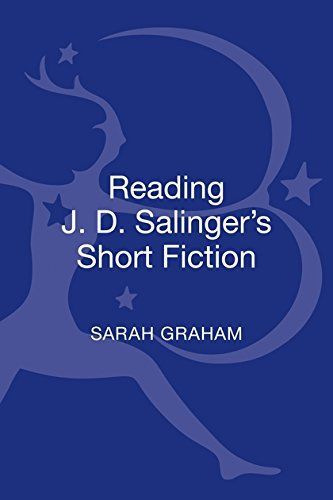
Reading J. D. Salinger's Short Fiction
This is the first new analysis of J. D. Salinger's short fiction to be published in twenty years and the most in-depth study yet produced. It gives full consideration to all the work published in magazines from 1940 onwards, which were never anthologized; the short stories collected in Nine Stories/For Esmé-With Love and Squalor; Franny and Zooey; Raise High the Roof Beam, Carpenters and Seymour-An Introduction, and his final publication, 'Hapworth 16, 1924'. J. D. Salinger's Short Fiction questions the conventional view that Salinger was part of the literary counter-culture, proposing instead that he responds to post-war American society with an idealization of the past, especially in terms of childhood, family and the home. Sarah Graham, a recognized Salinger scholar, deals comprehensively with the author's central preoccupations and narrative strategies: his 'wise children' who embody a threatened innocence; war, loss and nostalgia; family relationships; the long-short story form, dialogue, and humour.